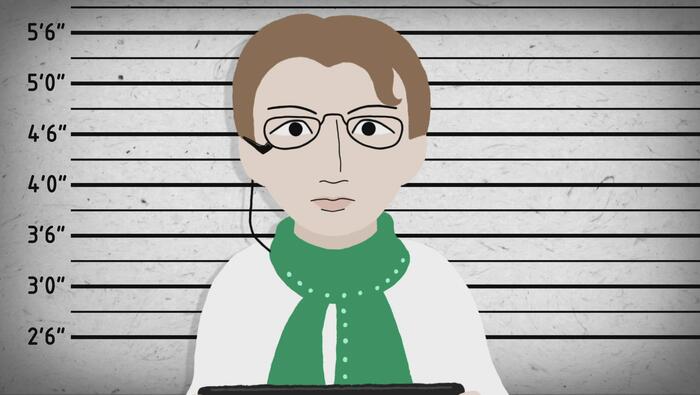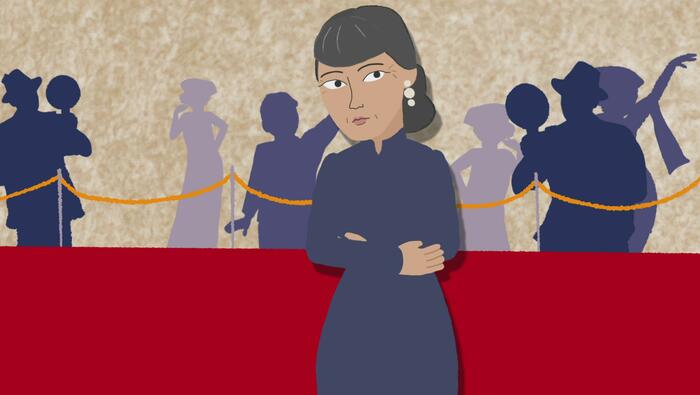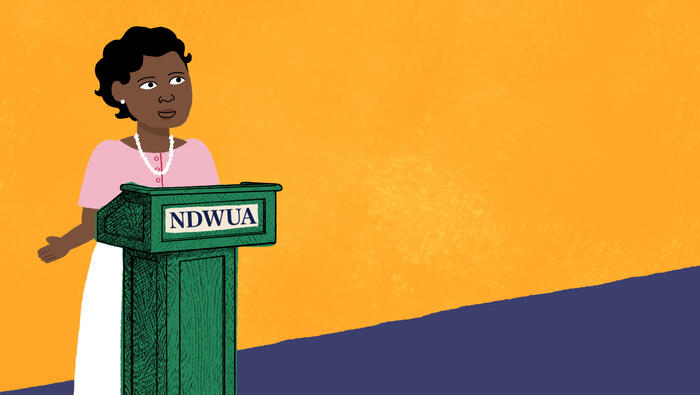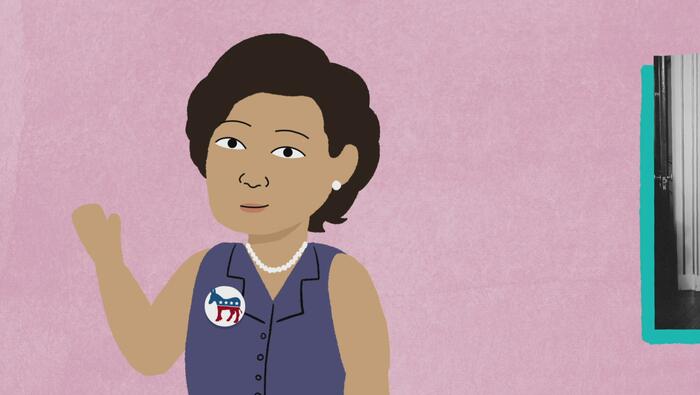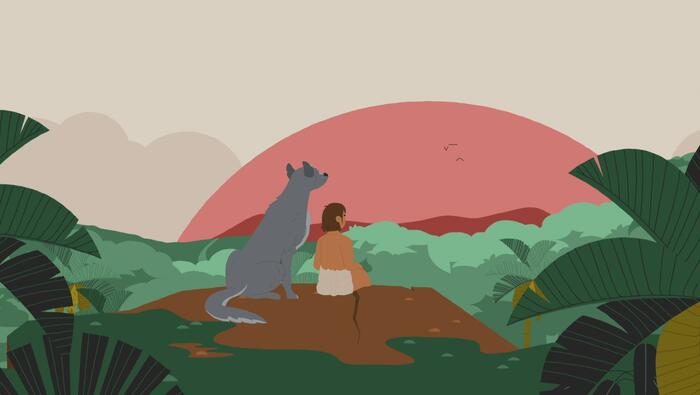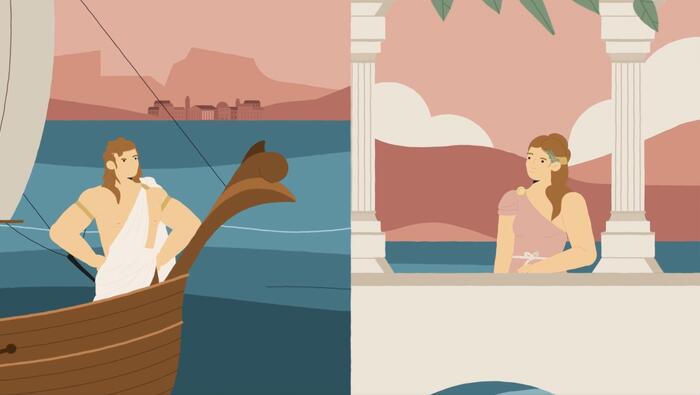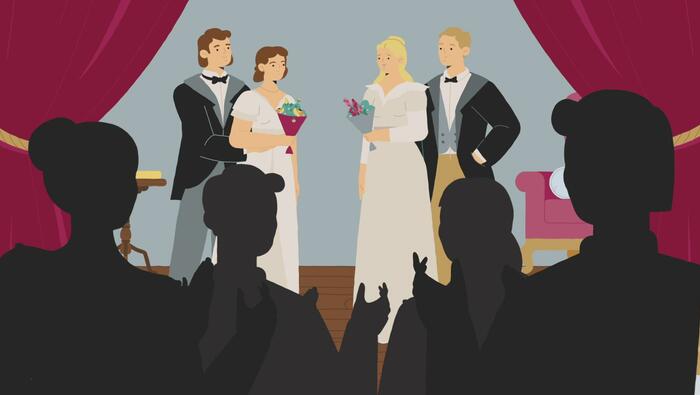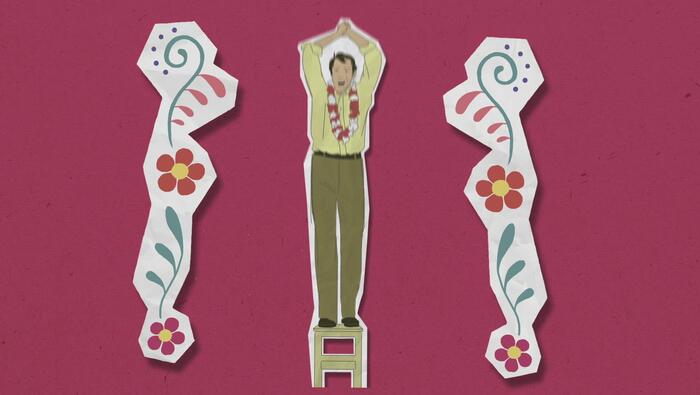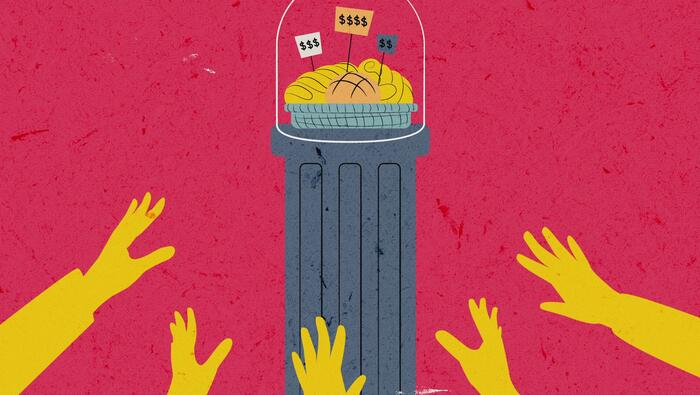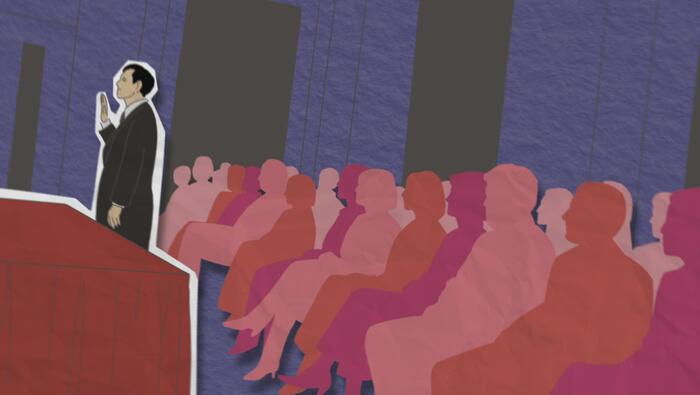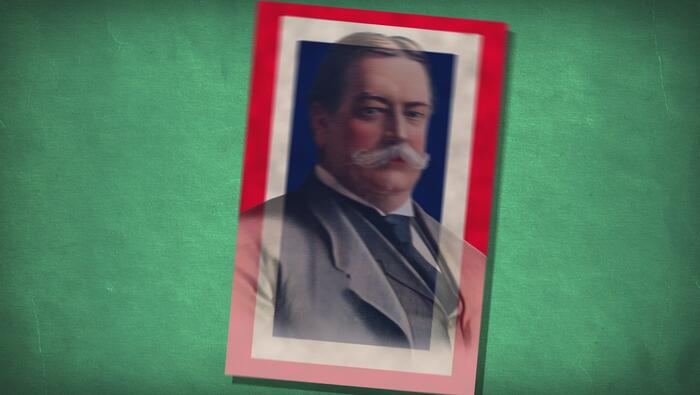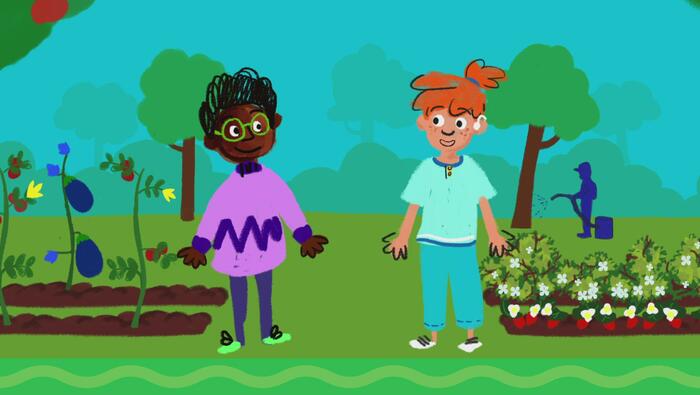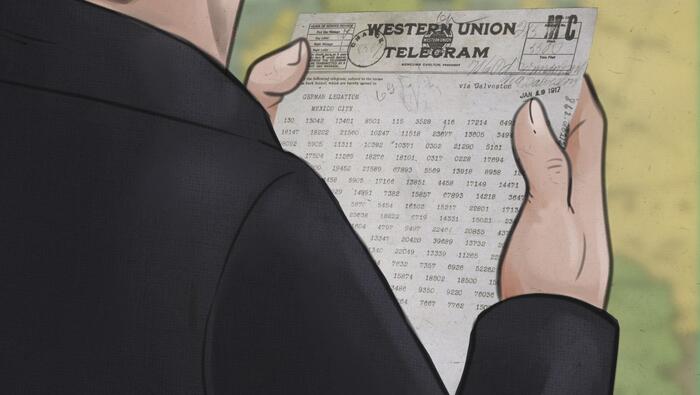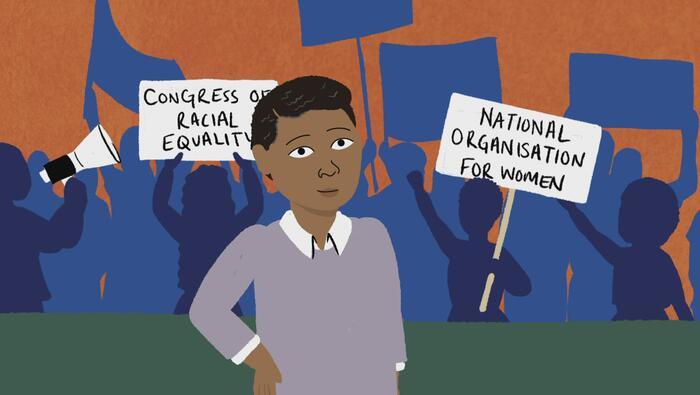
Pauli Murray: Breaking Barriers of Race and Gender
As a queer Black lawyer, poet and civil rights activist, Pauli Murray understood how our different identities can overlap to create multiple levels of discrimination. Her groundbreaking work in championing equality for all helped change America for the better.
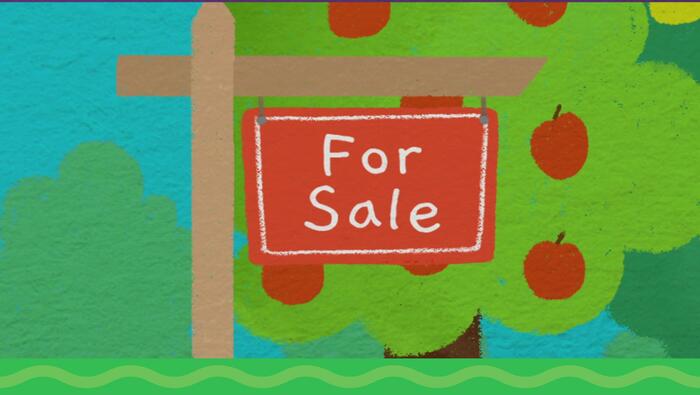
Picture Possibilities
As the population grows and land becomes increasingly valuable, for sale signs invite conversations about the possible uses of fields and farms. Decisions about land use impact communities for a long time, so visualizing the future is important. In this video, an orchard is for sale. The children consider possible future uses for this land, visualize three possibilities, and encourage viewers to come up with ideas of their own.
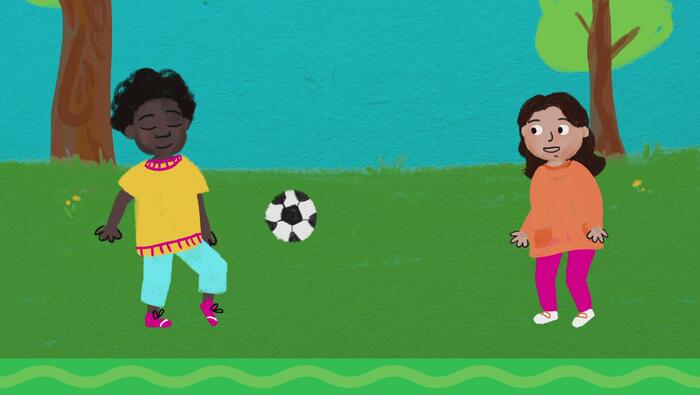
My Busy Pace And Quiet Place
A child’s self-awareness of what helps them relax and regroup can be increased when they plan a quiet space where they can observe, connect with their inner thoughts, and reinvigorate their energy. In this video, children create a visual model that juxtaposes their busy pace and quiet spaces, with attention to the sounds, looks, and feeling of quiet spaces.

Team Doodle
Children identify some objects or experiences as they might evolve in the future. They doodle the outlines of their ideas based on observation, exploration, and imagination. They contribute individually to a collaborative art presentation, where they invite the audience to join the doodle experience. Through this experience they gain skill in using the arts elements of line, shape, color, and pattern to demonstrate a forward-thinking growth mindset, express their curiosity, and develop collaboration skills.
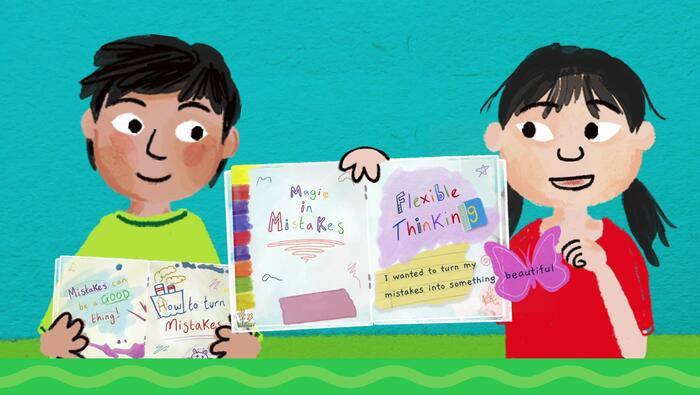
A Mistake Is A Gift
When a mistake is made, it is a moment of decision: toss away what was started or find a creative way to revise what was being created. Children in this video use their handwriting mistakes as opportunities to design something different and create interesting illustrations and playful flaps/windows that get woven into and around the words they write. An "oops" provides the gift of taking a new path and using creative thinking, a skill that prepares children for the future.

Ways I Make A Difference
There are many ways that children’s individual actions make a difference and can address big concerns. In this video, the children choose the issue of water conservation. They explore uses for water and identify where there is waste. They use their observation/investigation tool to look closely for signs of the impact water has on the environment. Then they present their observations and recommendations for conserving water and gather others’ ideas.

Reflect on Today's Stories
Children will create a time capsules to store their original writing. The young authors will individually determine what genre they will use to write about an interesting or significant, timely event or experience. Then, in a future month or year, they will open the time capsules and reflect upon how their thoughts and feelings might have changed.

Connect a Main Idea
Children learn a writing technique for organizing their ideas into an overarching main idea, which becomes foundational for pulling an entire story together. Working collaboratively, they write and sketch their interests on individual cards that they decorate as train cars. Collectively the group of children discusses which ideas could be combined with others and connected to create a main idea for their writing.
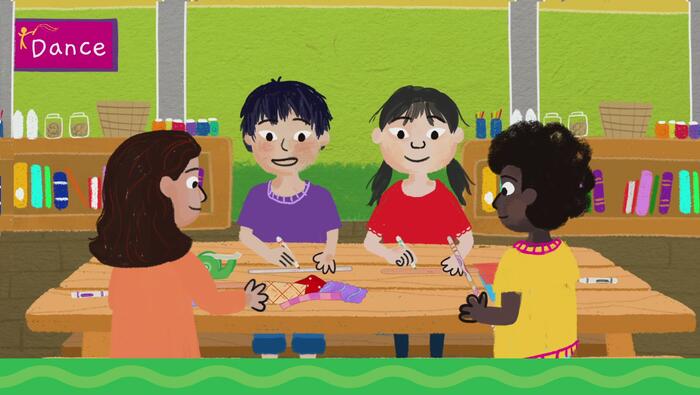
This or That? Make Choices
Children often take classes offered through community organizations or clubs. Sometimes they must make a choice between two desirable options, such as music and dance. Those decisions are based on how they envision their strengths or their dreams for their future. In this video, children make choices for the classes they’ll take at the Kids’ Club. Based on which class they take, an artifact is created that they share with friends when they demonstrate what they learned. After that presentation, they have an epiphany that the music and dance classes are truly connected and their artifacts can be used to enrich each other’s classes too!
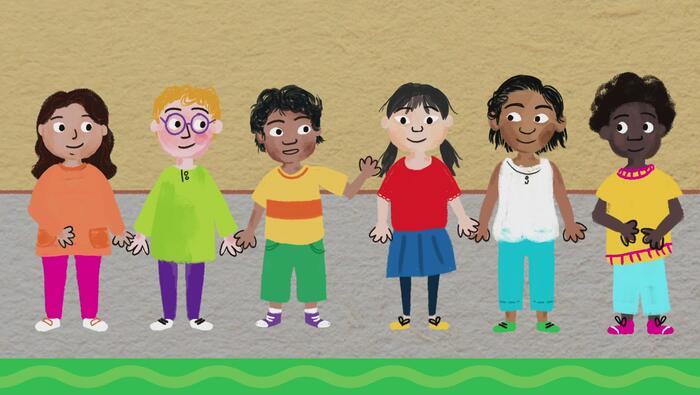
Same Plan, Different Results
A recipe or set of directions is a plan that someone follows to create something. Recipes are excellent for practicing reading and writing skills, following directions, and noticing patterns, sequences, and results that come from imaginative variations! This video shows how differences can occur, and why they might happen.
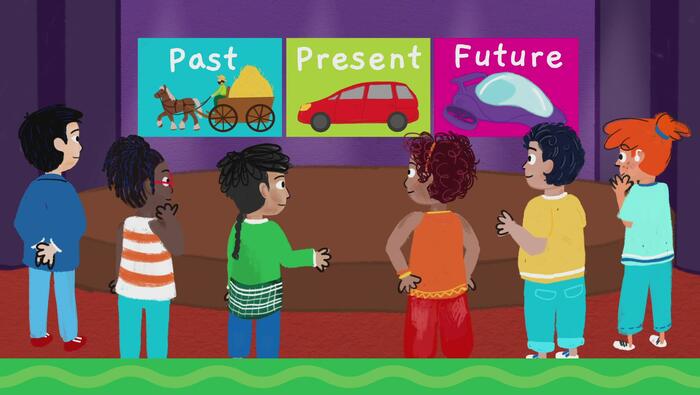
Freeze the Past, Present, And Future
Children engage in story creation and visual storytelling through images, drama, and then freeze into tableaux, which are human statues. After they interpret and perform the other groups’ story, they will compare various teams’ interpretations to see if the performances were aligned with the artists’ intent. These experiences build children’s future ready skills of visual communication, dramatic self-expression, and team collaboration.
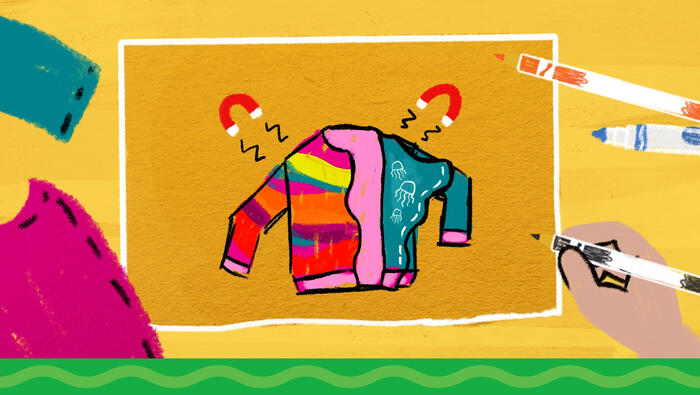
Fabric of the Future
An invention is the creation of something new, usually to solve a problem or improve circumstances. In this video, characters will explore how fabrics were used by ancient peoples for clothing, warmth, shelter, and protection. Then they’ll see how innovators have modified fabrics to make them better and imagine new sustainable fabrics for the future. Finally, they design and present clothing designs for the future using these innovative fabrics.
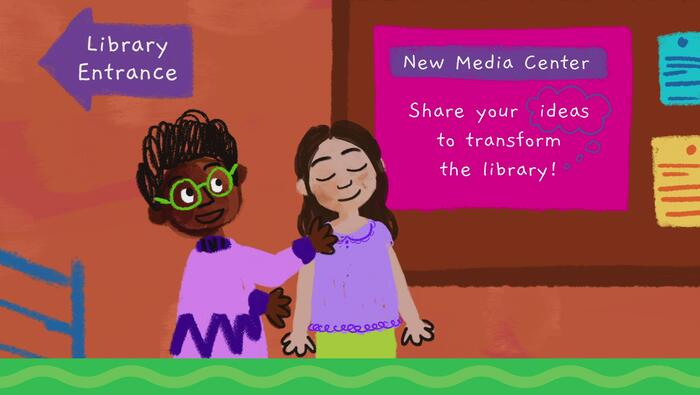
Forecasting the Future
The children in this video are challenged to forecast the future needs of their community to recommend features that will expand the reach and effectiveness of their current library into a futuristic Media Center. They demonstrate ways to conduct research, connect with community members and anticipate future needs. The children lead an exciting process for forecasting the future and designing a community learning hub.
